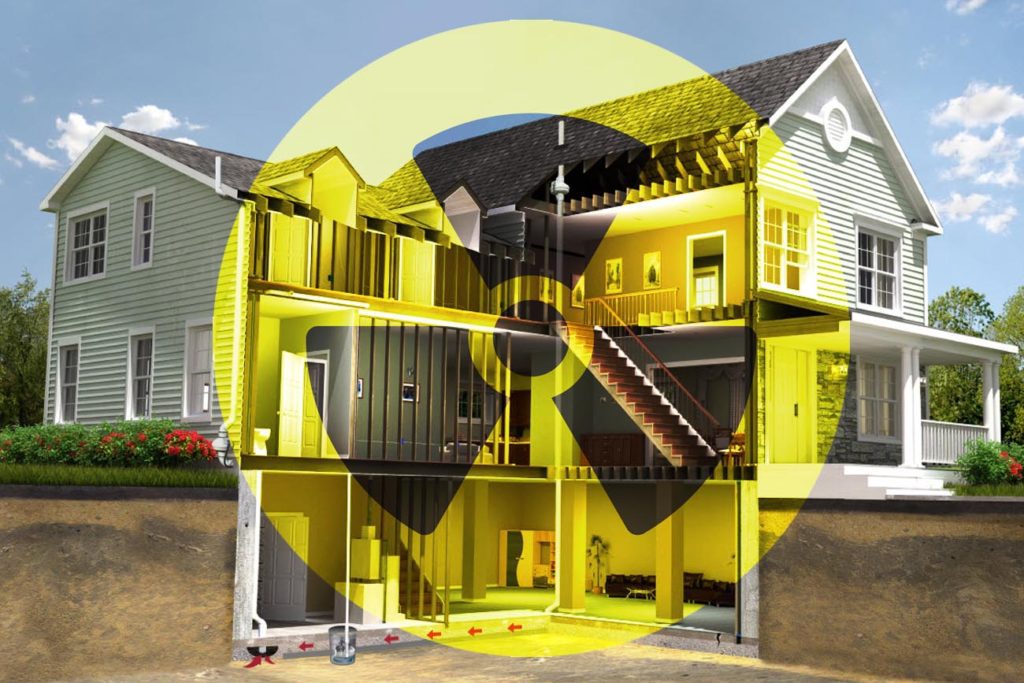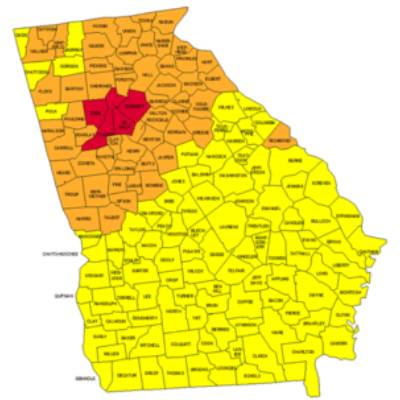Champia offers certified Radon testing Atlanta services for both residential and commercial areas. Radon testing is very important for your family’s safety. Radon concentrations above levels of 4.0 pCi/L are considered dangerous and need to be addressed immediately, the only way to do it is through our certified radon testing. Our extensive radon testing done by experienced inspectors will provide you with the most reliable results. They are equipped with the latest radon monitoring detectors which provide accurate results. The radon monitors are sent to Nationally accredited labs for analysis. Don’t wait and compromise on your safety, call today and have an Inspection scheduled.






